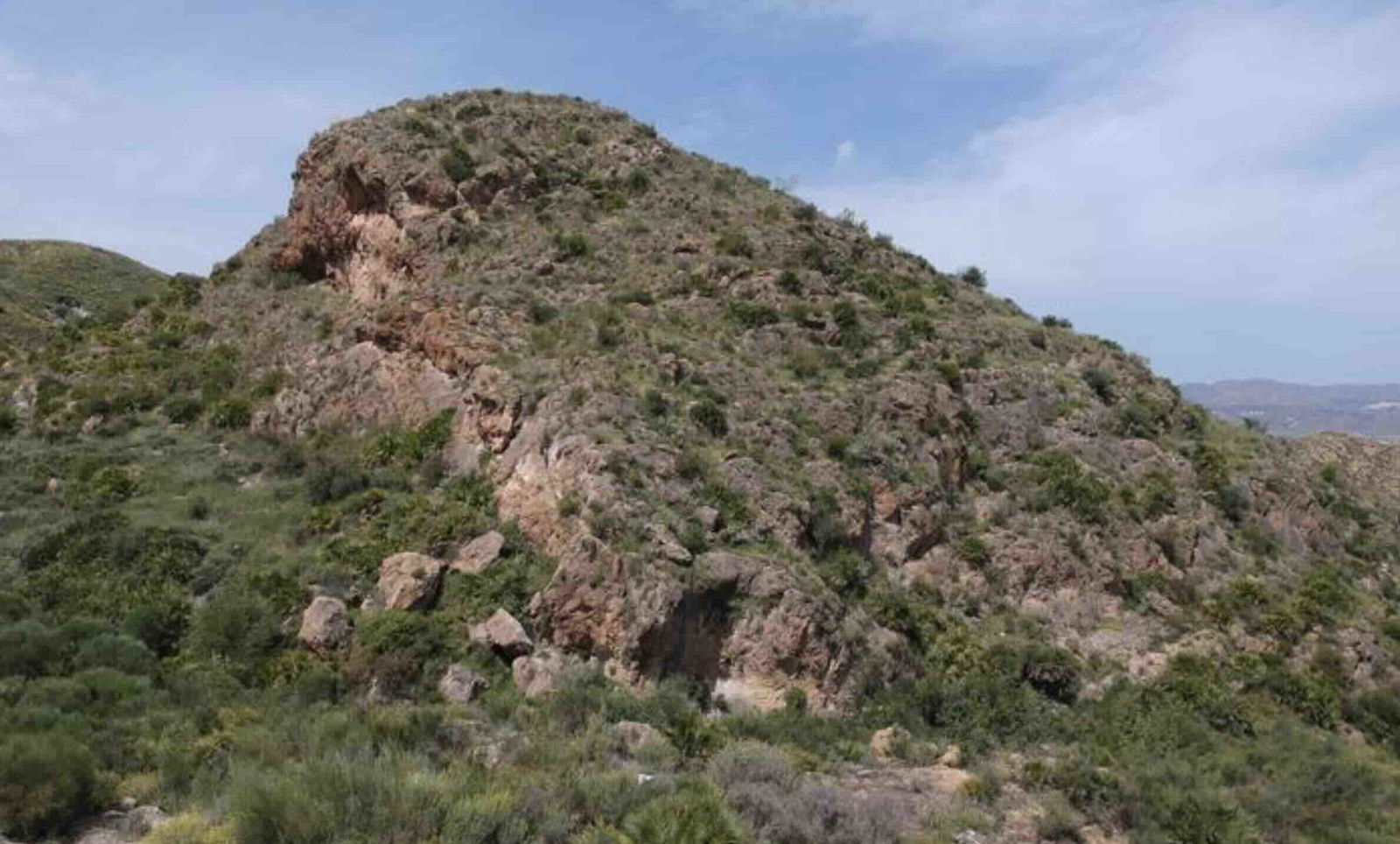Researchers from the Universitat Autònoma de Barcelona (UAB) and the University of Murcia (UM) have used radiocarbon dating to reassess a period of great upheaval in ancient Iberia, which proposes a less violent explanation for the rapid demographic changes in the region than previously thought.
Around 2,200 BCE, southern Spain experienced significant changes during what is known as the “4.2 ka event.” Similar shifts occurred across central and western Europe, fueled by the arrival of the eastern “Steppe People.” But what did this mean for Iberia? How did these newcomers interact with the indigenous population? Archaeologists have long debated these questions.
“In recent years it has been argued that populations with what is known as ‘Steppe ancestry’ migrated westwards from the region around the Black Sea, aided by the horse and wheel as new technologies, and brutally raided Western Europe,” said the study’s co-author Camila Oliart. “In the case of Iberia, it has been suggested that men arriving from the East had preferential access to women and discriminated or eliminated local males, in what is a very impactful ‘invasionist’ interpretation in the media, but perhaps also a too hasty one.”
Questioning Assumptions of a Violent Past
While the archaeological record does show an abrupt transition between the Copper and Bronze Ages, the researchers were cautious about attributing this solely to violent conflict. They pointed to other factors, including evidence from paleoecological and paleogenetic studies, which suggest that climate change, such as prolonged droughts or the spread of infectious diseases, may have contributed to the decline of local populations before the arrival of the Steppe people.


The transition from the indigenous Chalcolithic Los Millares culture to the Early Bronze Age El Argar culture remains an enigma, as conflicting evidence from various fields has yet to provide definitive answers.
The inhabitants of southern Iberia were few in number by the end of the Copper Age, and had already begun mixing with groups of Steppe genetic ancestry without the need for a large-scale invasion. We should start to consider alternative explanations,” said co-author Miguel Valério. “We cannot ignore the fact that violence was an ingredient of social life in the Copper Age, but so far nothing proves that its end was the consequence of a generalised conflict between genetically distinct populations.”
Examining Burials for Clues
To better understand how these two cultures overlapped, the team studied their funerary practices. The Chalcolithic people often practiced mass burials, interring large groups in natural caves over several generations. In contrast, Bronze Age burials were more individualized, with one or two people placed in artificial caves, jars, or pits.
The researchers collated radiocarbon dates from previous studies of remains from both burial traditions, creating a detailed dataset. They focused on the most recent dates from each tomb to trace the timeline of this cultural shift. Significant outliers during the Chalcolithic period were excluded, as they were likely either errors in radiocarbon dating or rare isolated burials after the tombs had largely been abandoned.
The chronological proximity of the two cultures is striking, with only a few decades separating them. The latest communal burial was dated to 3830 ± 35 BP, while the earliest lone burial occurred at 3802 ± 30 BP. The researchers considered three possibilities: a gradual cultural continuum, two overlapping cultures, or two sequential cultures separated by a brief gap.
The data analysis indicated that one set of burial practices followed the other, likely ruling out overlapping cultures. However, whether there was a brief gap between these practices or if one culture evolved directly into the next remains unclear.
Conclusions and Future Directions
Interestingly, the data suggests a 300-year decline in population at the end of the Chalcolithic period, implying that the Steppe people may have entered an already depopulated region. Rather than a violent conquest, this scenario would represent a peaceful mixture of cultures as the newcomers settled into a sparsely populated area.
The paper, “Tracing social disruptions over time using radiocarbon datasets: Copper and Early Bronze Ages in Southeast Iberia,” was published in the Journal of Archaeological Science Reports on September 08, 2024.
Ryan Whalen covers science and technology for The Debrief. He holds a BA in History and a Master of Library and Information Science with a certificate in Data Science. He can be contacted at ryan@thedebrief.org, and follow him on Twitter @mdntwvlf.

